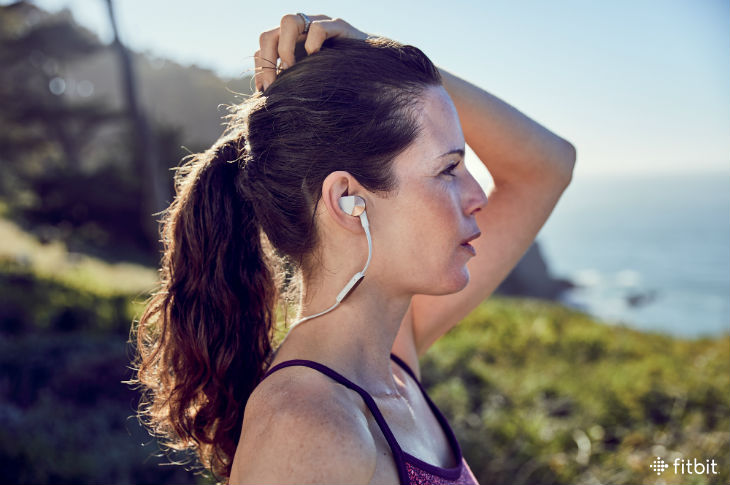
Whether you’ve got a case of cabin fever and are feeling the itch to tackle some miles outside or are just getting tired of lacing up and hitting the treadmill, the cold winter weather shouldn’t prevent you from running. You just have to run smarter, says Naresh Rao, DO, FAOASM, a partner of Sports Medicine at Chelsea in New York City. His rule of thumb? Make sure you’re wearing moisture-wicking gear and dress as if it’s 20 degrees warmer out. “When you first get outside, you’ll be a little uncomfortable, but this trick will prevent excess perspiration so that you don’t have a lot of wet clothes on you [causing chill],” Rao says.
Here are the culprits behind five common winter running woes and what to do about them this season.
Getting Numb Fingers and Toes
Why it happens: “This is the body’s attempt to try to conserve warmth,” Rao says. “It sends blood to where it’s needed and in the case of runners, that’s closer to the torso to maintain core body temperature. This makes the appendages have less blood flow which can cause a cold feeling as it also results in less blood flow to the nerves, giving you that tingling and numb sensation.”
What to do about it: If you’re running a shorter distance, such as a 3-5K, Rao says this shouldn’t be an issue. For longer distances, he recommends staying hydrated and making it a point to frequently train in this type of climate to help get your body used to it. Chris Heuisler, marathoner and Westin Hotels’ Global Run Concierge combats this issue by wearing mittens over running gloves to push the fingers together to generate extra warmth and pulling socks up over running tights to keep cold air from hitting leg skin or getting into feet and toes. Rao adds that numb fingers and toes can also indicate an autoimmune disease, so if this is happening more often than not during your cold-weather runs, it’s worth a mention to your doctor to rule out a separate condition.
A Non-Stop Runny Nose
Why it happens: The nose is our main humidifier for air that gets into our throat and our lungs,” Rao says. “Your nose runs when you exercise because the body is trying hard to humidify dry, cold air and warm it up a bit before it hits the lungs.” This in turn makes the body produce mucus as a nonstop reflex that then runs out of the nose as a flushing mechanism.
What to do about it: It’s almost impossible to prevent this completely, but by humidifying the air in your nose as much as possible beforehand, you can help reduce your jogging sniffles. “If you already suffer from a dry nose, using saline nose spray before a run can help so your body doesn’t have to produce so much mucus to create that moist environment,” Rao adds.
Achy Ears
Why it happens: According to Rao, the outside of the ear drums have a lot of sensitive nerves, and when cold, dry air hits those nerves it can set off cascading pain resulting in achy ears and often a headache. “This is your body’s way of saying it’s cold and to be cautious of your ears,” Rao says.
What to do about it: Keep cold air away from these sensitive nerves by creating a barrier with a hat pulled over your ears or a pair of ear muffs, Rao says.
Red, Bumpy Skin Post-Run
Why it happens: The clinical term for this is called chilblains, and Rao says it happens when small blood vessels get inflamed from exposure to the cold, happening most often in the hands.
What to do about it: Minimize the exposure to cold where the blood supply comes from smaller vessels (as opposed to larger vessels near your core), Rao says. This means making sure you have a good pair of moisture-wicking running gloves and hand warmers if needed.
Lung Burn
Why it happens: Similar to the body’s response to cold air that produces a runny nose, lung burn happens because the body wants to try to create more heat to compact the cold air and create moisture, Rao says. That effort leaves behind the feeling of scratchy, burning lungs. “As you keep exercising you tend to breathe faster and deeper, so this feeling may get worse as you continue,” he adds.
What to do about it: Both Rao and Heuisler recommend wearing a mask to keep warm air in and the cold air out of your face and mouth. Rao adds that breathing deeply will also help because you won’t have to take as many breaths, which could reduce that burning sensation.
This information is for educational purposes only and is not intended as a substitute for medical diagnosis or treatment. You should not use this information to diagnose or treat a health problem or condition. Always check with your doctor before changing your diet, altering your sleep habits, taking supplements, or starting a new fitness routine.

If you have questions about a Fitbit tracker, product availability, or the status of your order, contact our Support Team or search the Fitbit Community for answers.
Please note: Comments are moderated and may not appear immediately after submission.